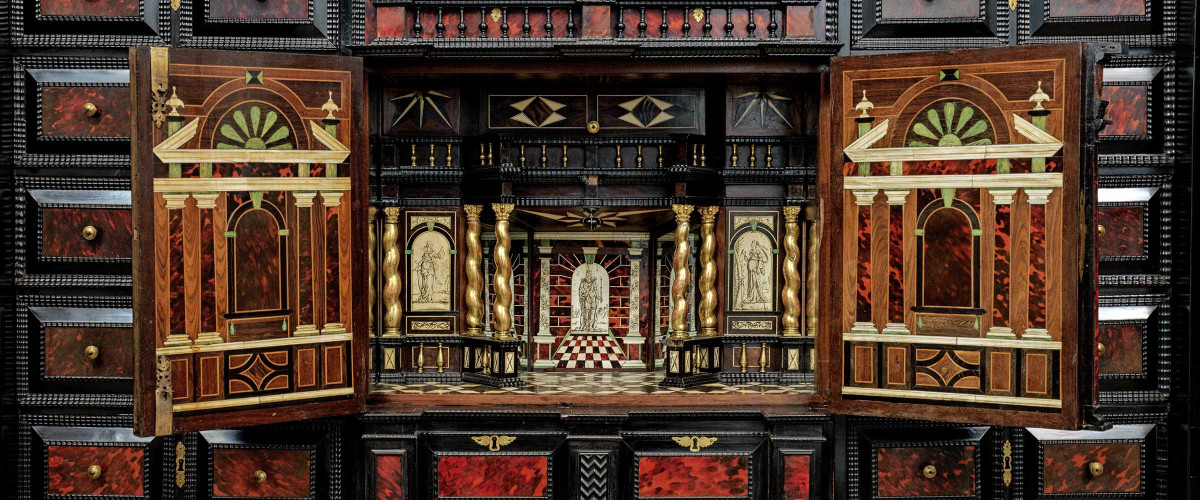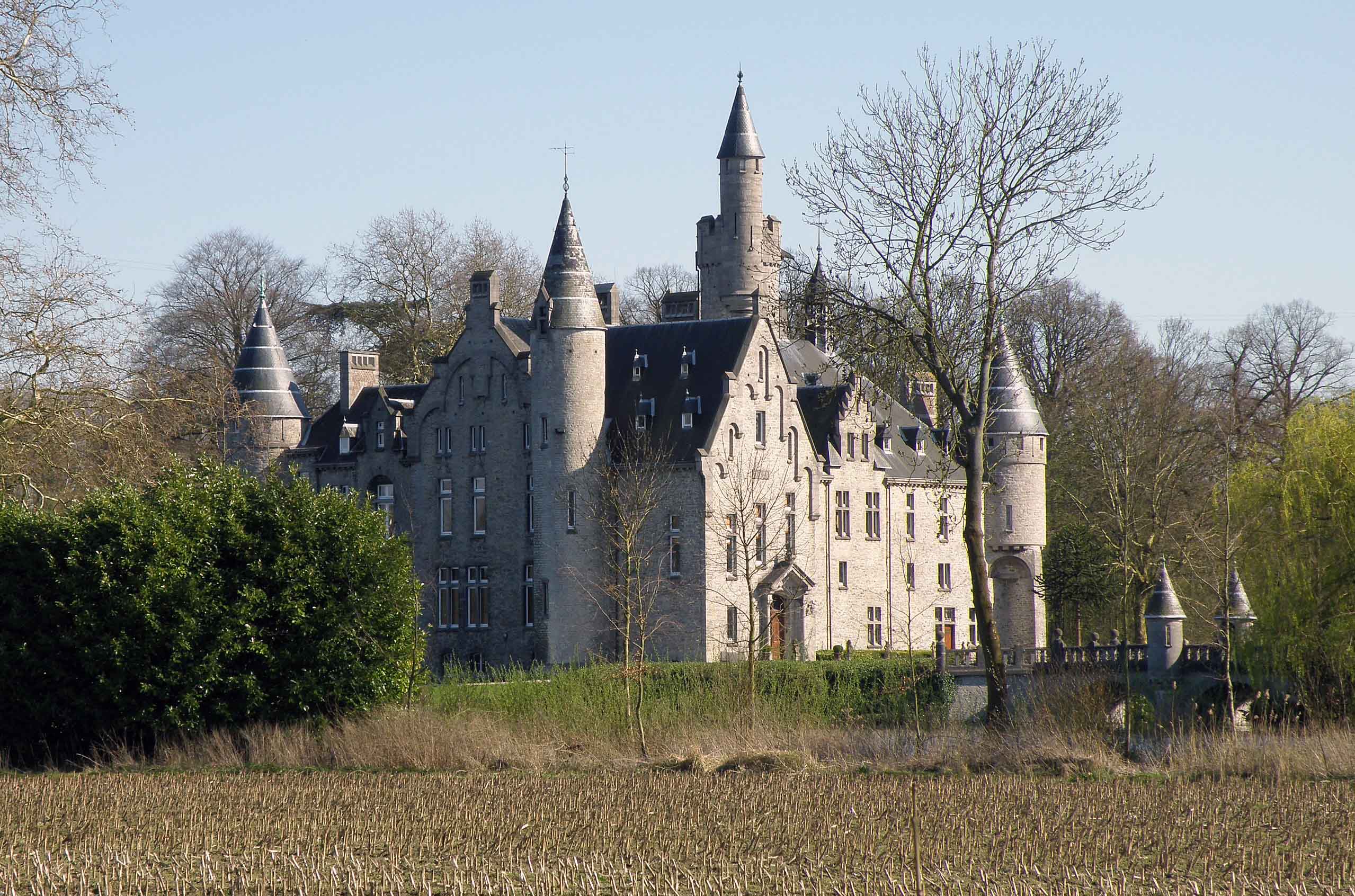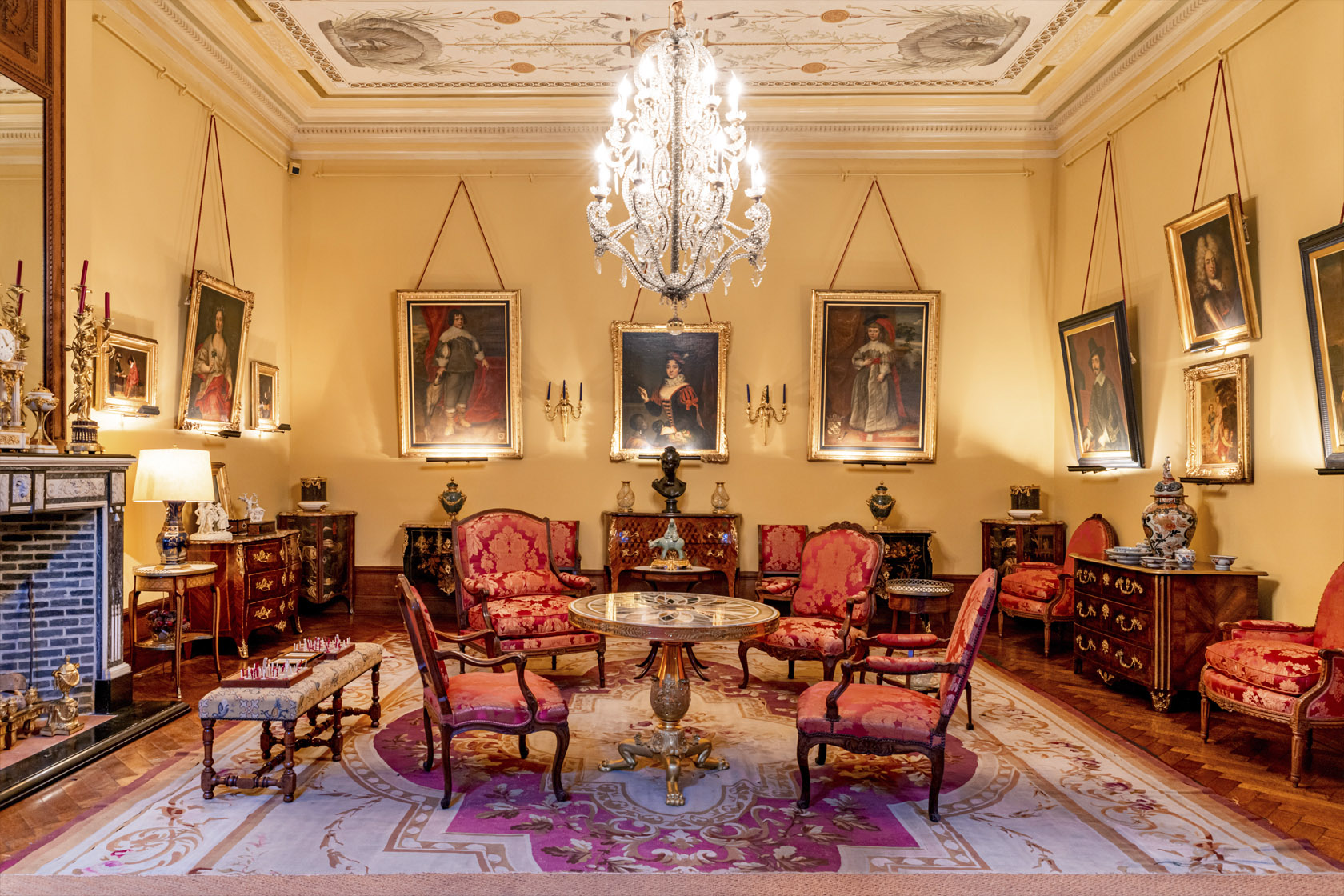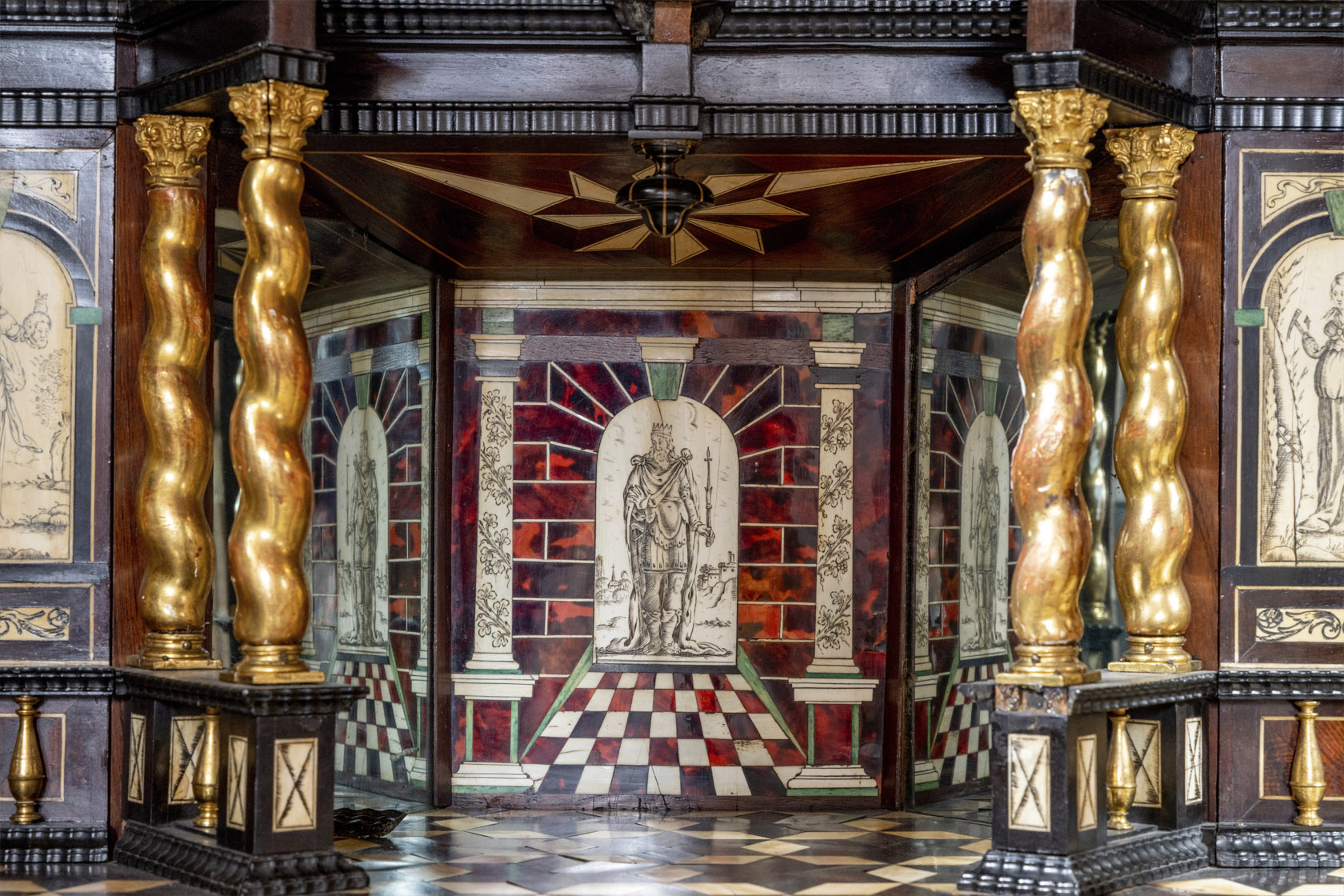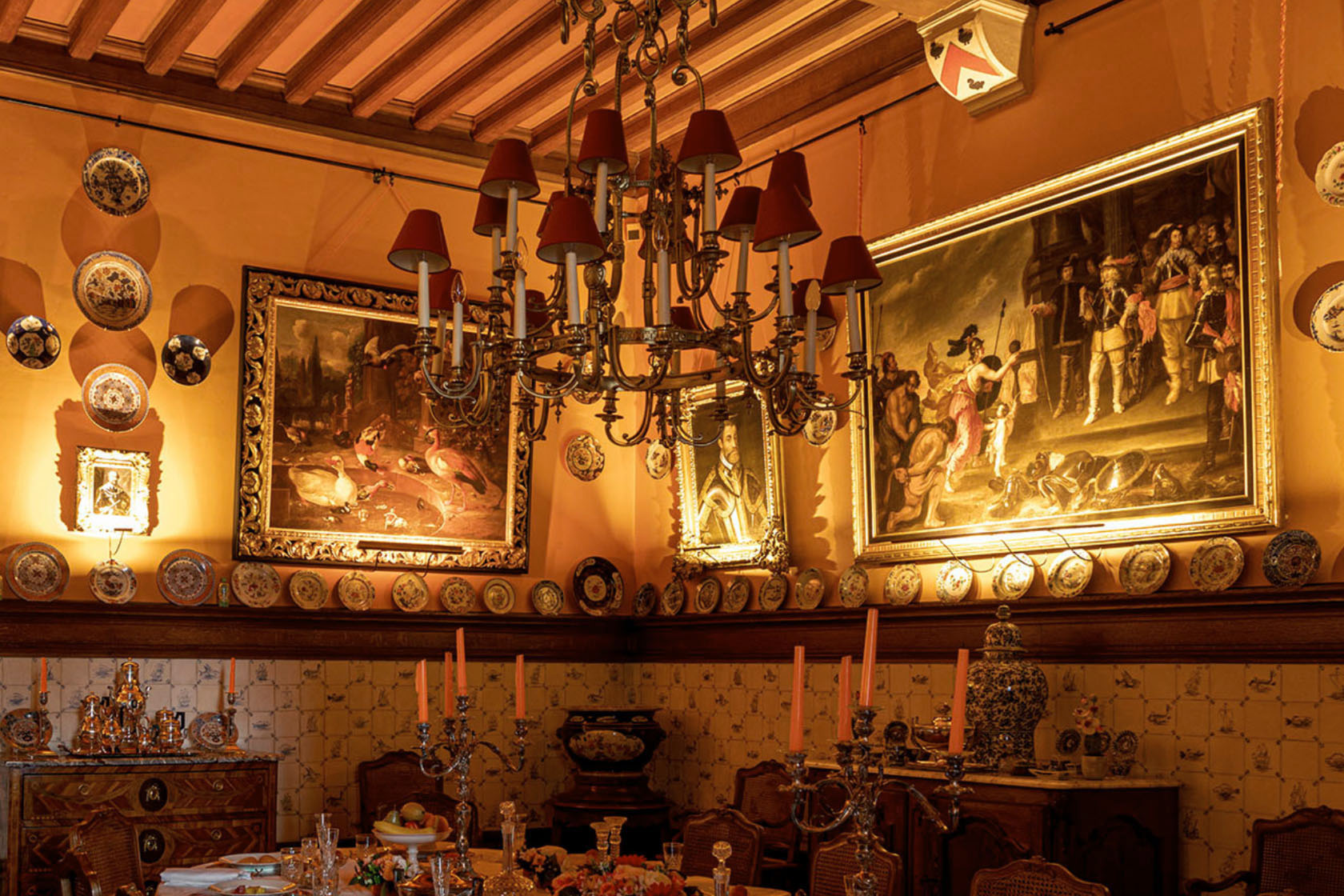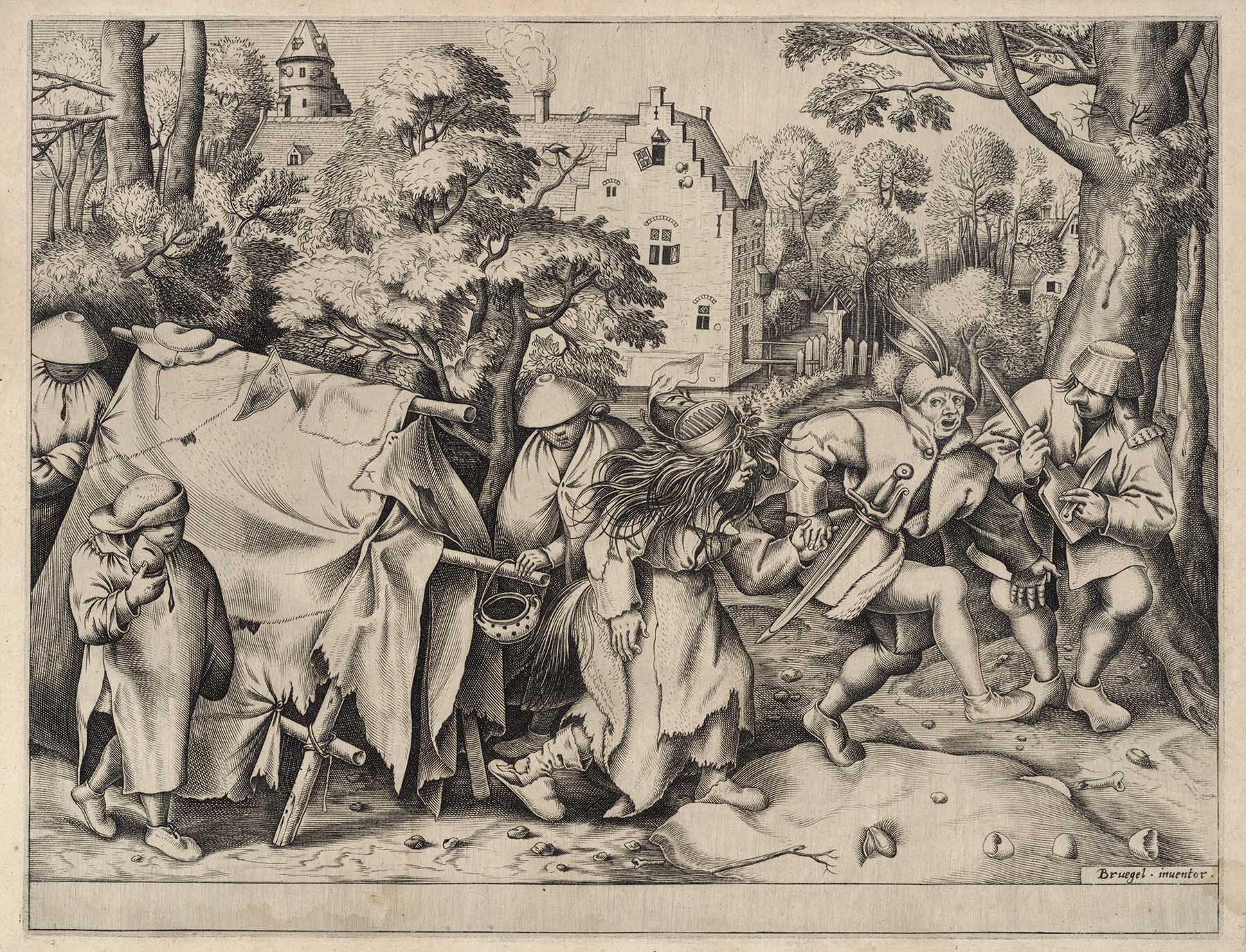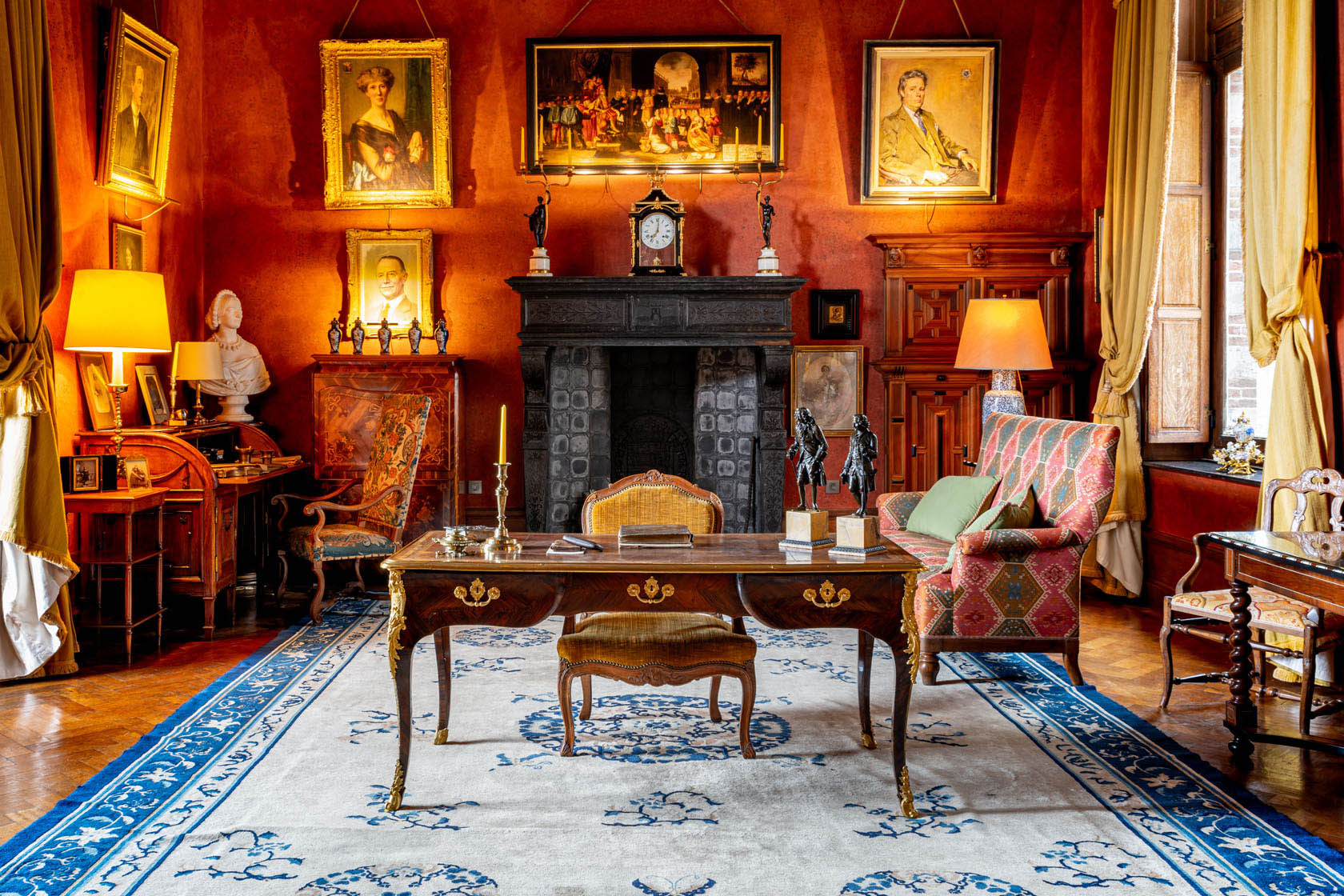A place oozing history and culture. A visit to the exceptional collection of Bornem Castle gives us an image of life how it used to be at and around the castle.
Bornem Castle
A real fairy tale castle stands amidst the greenery at the old arm of the Scheldt river: the Kasteel Marnix de Sainte Aldegonde or Bornem Castle for short. The road towards its gates alone, a tree-lined avenue of hundreds of metres long, speaks to the imagination, while the castle itself stands in the middle of a delightful park. With its entrance bridge, gatekeeper’s houses, turrets and a moat it seems to have sprung straight from a fairy tale. Today, it is still the home of John II de Marnix, the 14th count of Bornem and its 54th lord of the manor. Part of the castle is open to the public, giving visitors the chance to wander the 18th-century rooms and explore the collection of engravings of illustrious masters like Pieter Bruegel the Elder. In one of the corridors, we discover the life story of Philips of Marnix, Lord of Saint- Aldegonde (1540-1598), an ancestor of the current count and right-hand man of William of Orange. As city mayor, he played an important role during the Fall of Antwerp in 1585.
The Dirty Bride or the Wedding of Mopsus and Nisa - Attributed to Pieter Bruegel the Elder
Pieter Bruegel the Elder was born around 1526 and entered the Antwerp Guild of Saint Luke in 1551. Shortly after, he left for Italy and upon his return started collaborating with publisher Hieronymus Cock (1518-1570). Although he would grow into one of the greatest painters Flanders would ever know, he initially made name for himself with his prints. The Dirty Bride or the Wedding of Mopsus and Nisa is noteworthy in Pieter Bruegel the Elder’s oeuvre. Bruegel initially drew its composition on a wood block, as he aimed to have it published as a woodcut. But that never happened. Though the commercially-minded Cock published it as a copper engraving in 1570 after Bruegel’s death. The Dirty Bride is one of the last engravings published by Hieronymus Cock and represents the wedding of Mopsus and Nisa, a comical popular play. In the engraving, we see the energetic bridegroom Mopsus collecting his slovenly bride Nisa as we see a musician behind Mopsus playing a tune by a tree on a coal shovel and knife. By the tent, a small boy is walking past holding a piggy bank. The story stems from the Bucolica or Eclogues collection of poems by Virgil. The ‘dirty bride’, though, also refers to a woman who is with child before her marriage. It is, in short, a popular scene in which Bruegel showcases his talent for technique and composition to the full.
Old Flemish arts cabinet
Arts cabinets were the way of showcasing how rich one was in the 17th century. The port of Antwerp exported these imposing pieces of furniture meant to store and put securities and paintings, jewellery, coins, textiles, sea shells, stones and taxidermied animals on display far and wide. They showcased the wonders of nature and juxtaposed them with man-made beauty. They often had hidden or secret compartments to tuck away the most important objects from the collection. The cabinet at Bornem Castle was made from ebony, tortoise shell, ivory and guilt bronze around 1660. The black base and red finish, and its lovely details give the cabinet a luxurious appeal.
The Nobility of the Netherlands Begging the Duke of Alba for Mercy - Attributed to Frans Francken the Elder
Frans Francken (1542-1616) was born into a family of painters. He was the second son of lesser known painter Nicolaas Francken and the elder brother of Hieronymus Francken the Elder and Ambrosius Francken. The three brothers were famous artists. Frans’s son Frans Francken the Younger, too, would successfully carry on the family tradition, training at the studio of Frans Floris the Elder, becoming a master painter himself in 1567. He would grow into one of the most important painters in Antwerp during the Counter-Reformation, the answer to the Reformation of the Protestants. He mainly painted large altarpieces, as they were very much in demand after the Iconoclast of 1566. In his Nobility of the Netherlands Begging the Duke of Alba for Mercy, he was, however, depicting a historical event. Because governor of the Netherlands Margaret of Parma could not quash the troubles after the Iconoclast, Spanish king Philip II sent the Duke of Alba to sort out the problem. The latter installed a reign of terror and brought the situation under control, albeit with a bloody fist. The painting depicts the nobility of the Southern Netherlands kneeling down under his cruel tyranny.
The Members of the Oude Voetboog Archers’ Guild Honouring Their Benefactor Godfried Snyders at the Great Market of Antwerp (1643) - Attributed to David Teniers the Younger
Painter, draftsman and engraver... David Teniers the Younger was, indeed, a versatile artist. He trained with his father David Teniers the Elder and was court painter to the Spanish governors Leopold Wilhelm and Don Juan of Austria in Brussels. He also worked for Philip IV of Spain, Queen Christina of Sweden and William II of Orange-Nassau, and founded the Antwerp Academy in 1663. As well as landscapes, portraits and religious works, he mainly painted genre pieces, scenes from everyday life. He painted The Members of the Oude Voetboog Archers’ Guild Honouring Their Benefactor Godfried Snyders at the Great Market of Antwerp in 1643. The original work is part of the Hermitage collection in Saint Petersburg, but a second version hangs in Bornem Castle. In the painting, we see the Oude Voetboog, a footbow and crossbow Archers’ Guild from Antwerp.
Practical information
Disabled access
- Partially accessible for the disabled.
